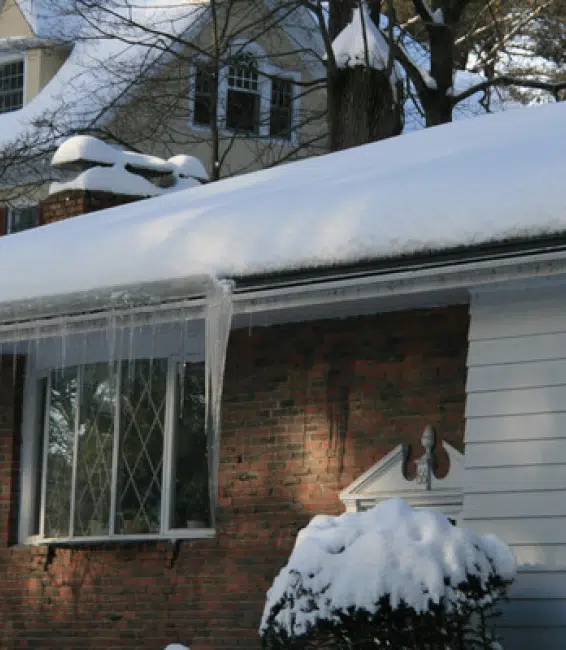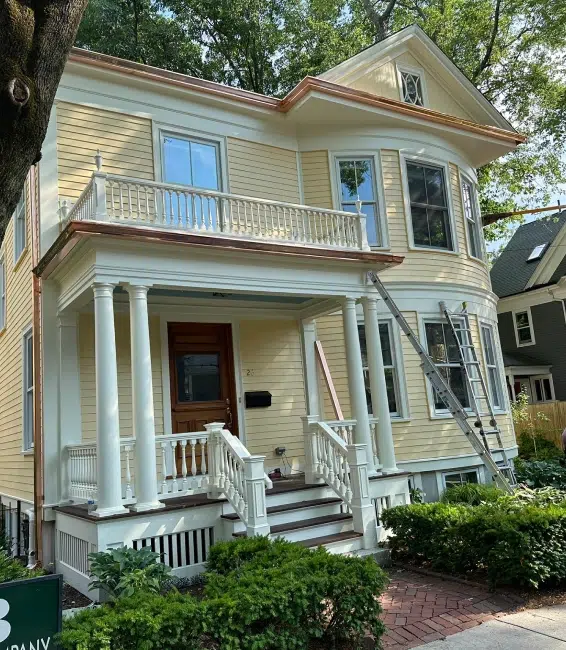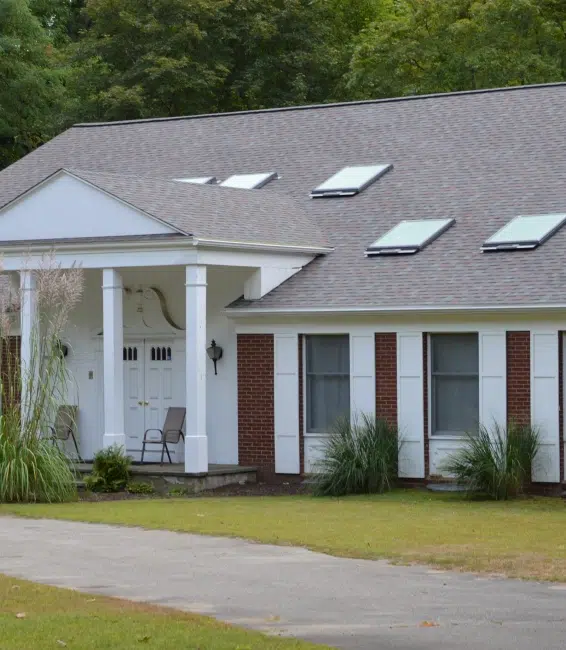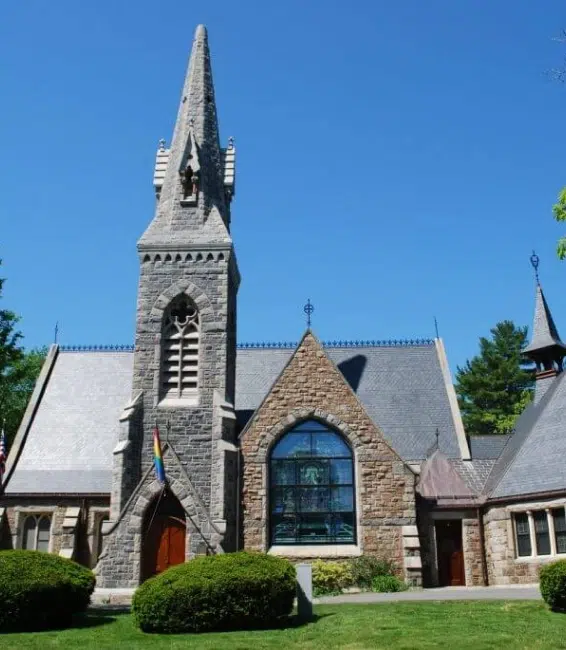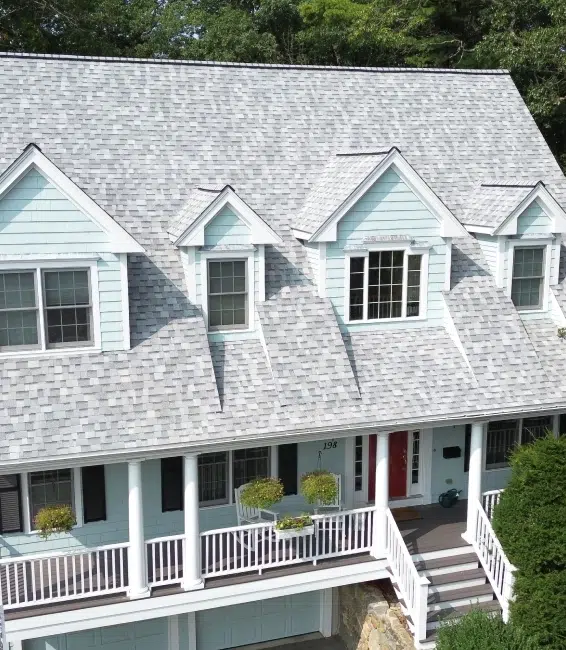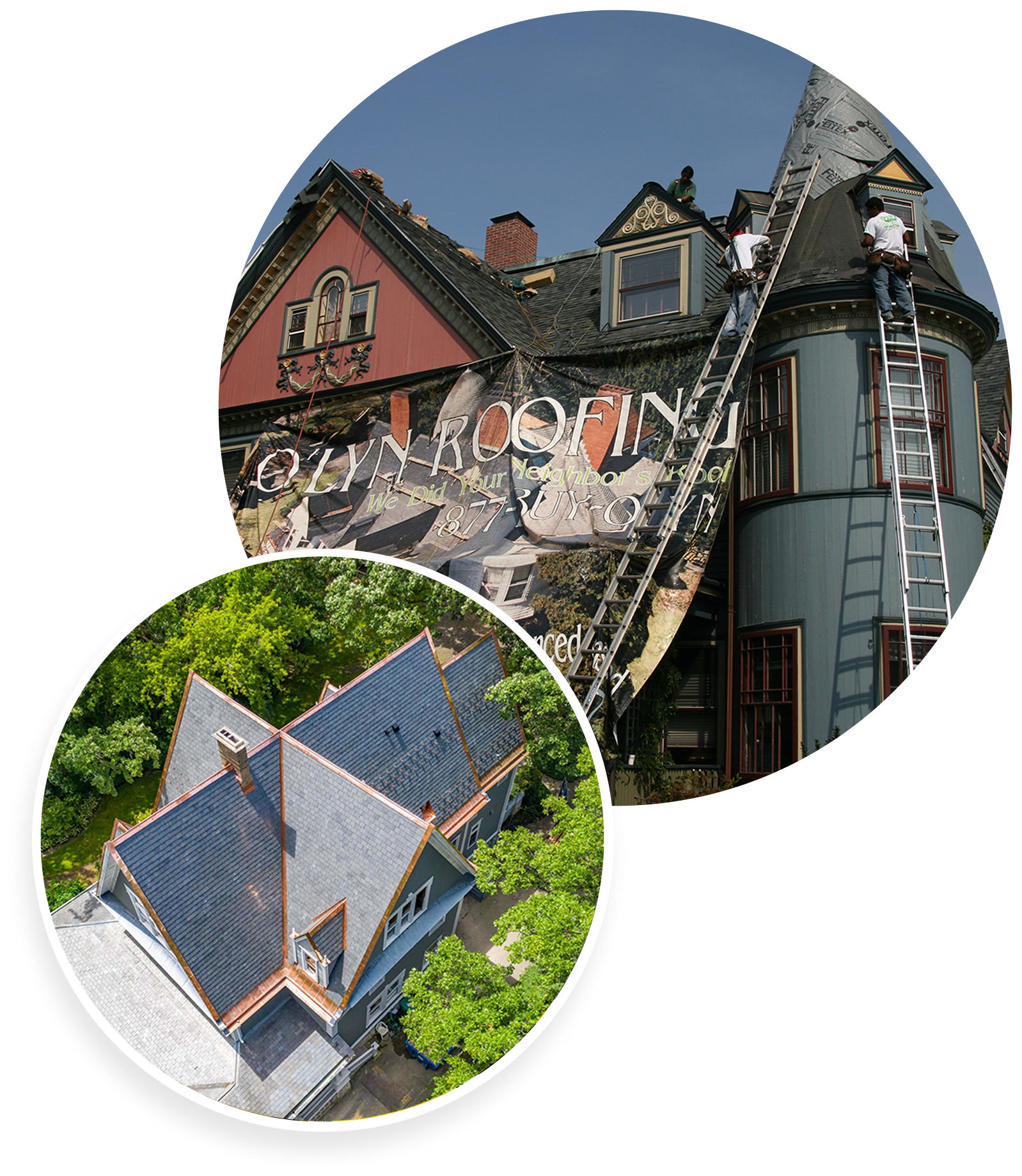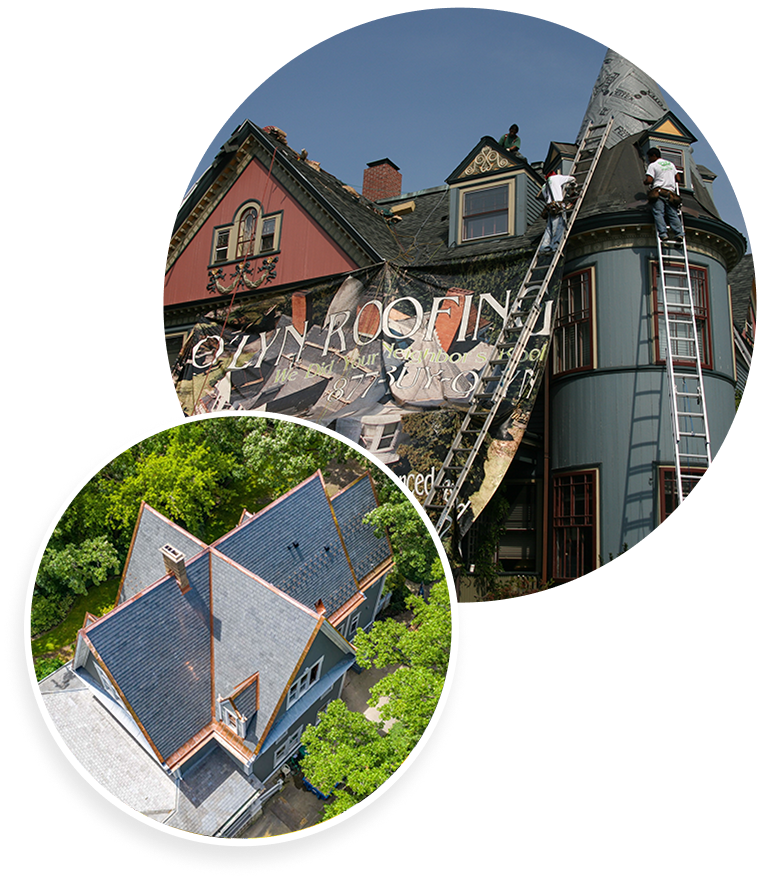
Shelter is one of the basic needs enshrined under the universal declaration of human rights. Humans have been seeking shelter since time immemorial. Over time, historic roof styles have changed to the countless options available today. Today, you can choose a roofing type, style, and material from numerous options.
What is the best roof for your home? To conclusively answer this, let’s first look at historic roof styles and their features. Read on to learn what roofing style works best for you.
The Start of Roofing Styles in Ancient Cultures
As mentioned, shelter is a crucial component of human life. After transitioning from caves, early man had different roofing styles and structures. These have been significantly improved upon to create modern roof styles.
In ancient Greece, roofs were made of thatches and overhanging eaves. This type of roofing would eventually be replaced by stone and clay. In Egypt, woven papyrus and twigs were used as roofs after being topped with clay. These examples are just the beginning of roofing structures. Obviously, these ancient historic roofing styles won’t apply if you’re in
Massachusetts. The materials and techniques can hardly withstand some of the more robust weather changes in the modern world.
Evolution of Historic Roofing Styles in the Modern Era
Over the years, roofing styles have significantly evolved. The last few hundred years have witnessed tremendous growth in roofing technology. An evident aspect of this growth is the existence of professional roofers. In the olden days, you could get away with fixing your own roof because you had no other choice. Today, however, you need a professional roofing expert. This ensures your roof is installed correctly, is up to code, and will last as long as intended.
Common Historic Roofing Styles and Their Features
The aforementioned changes in roofing styles take a unique route when looking at any region. It was greatly influenced by the people groups that settled in that area and the architecture to which they were accustomed. Furthermore, it was influenced by other factors, like wind, sun exposure, storms, and other extreme weather changes. These unique variables point to the importance of using professional roofing services.
Boston, and the East Coast, in general, have their unique transition of roofing styles. Below is a brief look at how roofing styles have changed over time in this generalized region.
Before the 1500s, most roofing styles were unique. New roofing ideas were just getting recognized, and everyone wanted to try something different.
While the same divergent nature is found in buildings today, at the time, only a few houses shared the same style. Some of the most iconic roofing styles in this period include;
- Greek Revival
- Italianate
- Stick style
Some of these styles can still be found in older buildings, institutions, and government structures. Most of these styles are maintained by expert roofers like O’LYN Roofing.
Post-Medieval English Styles
This style of roofing was first introduced by European settlers in the region. As such, it borrowed heavily from the existing European designs.
The roofing style used at this point was primarily functional. The pitch was steep to avoid snow accumulation. Most structures also had a central chimney to distribute heat evenly in colder months. Similar styles in the same period include the federal and Georgian roofing styles.

Early to Mid-19th-Century Styles
Some popular styles in this category include Italianate, Gothic, Greek Revival, and stick styles. The Gothic Revival roofing style was initially reserved for religious institutions. Centuries later, the style started being used in homes.
This style also borrowed from European influences. However, it was more commonly associated with the middle class. We attribute this to the cost of installing some of the roofing styles of the time
Post-19th Century Styles
Now to one of the most divergent roofing styles in history. Some of the unique roofing styles encompassed here include the colonial revival and Queen Anne shingle styles. This period witnessed the shift from traditional, historic roof styles to more modern solutions. These roofing styles typically lasted longer and required fewer maintenance efforts. The range in these new styles also meant they could be customized to suit non-conventional homes.

Slate Roofing Style
If you’re looking for a strong and durable roofing option, it’s hard to beat Slate Roofing! It has been a popular choice in New England because of it’s durability and for how well it stands up against the elements. Slate is also a great way to increase your curb appeals with its rustic aesthetics. Check out all the benefits of slate roofing and request a free estimate.
Finding a Roofing Expert Near You
Do you know what type of roof your house has? This is an important step in properly caring for and maintaining the roof. The next step is finding a reliable roofing expert like O’LYN Roofing.
A roofing expert can help you with different issues pertaining to your roof. If you want to install a new roof, O’LYN Roofing can help you identify the best style for your period home. Moreover, we can fix any repairs and observe basic maintenance practices.
O’LYN Roofing is the premier roofing solutions provider in Norwood, MA. Contact us today for all your roofing needs. Our professionals will guide you every step of the way!




